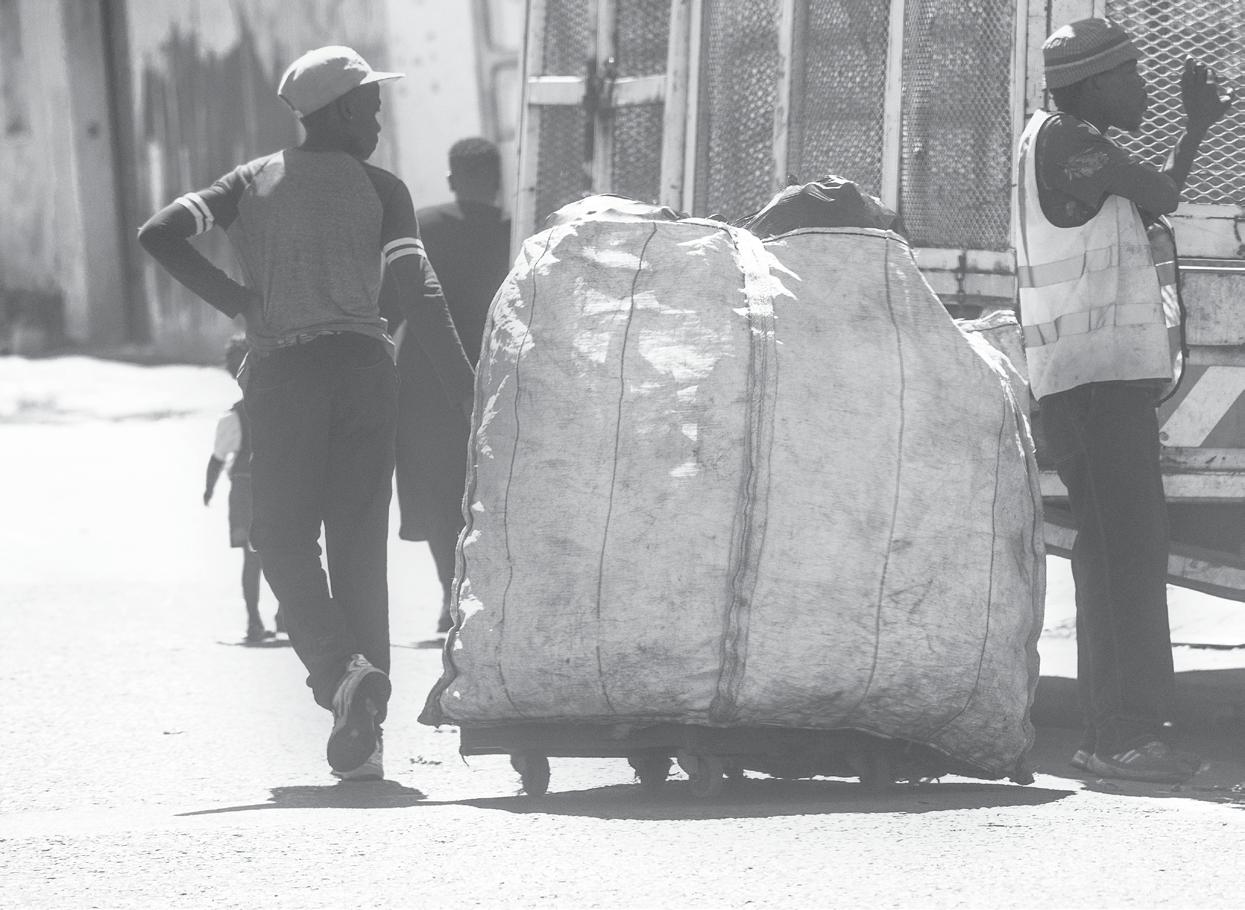M U N I C I PA L F O C U S | G A U T E N G
Gauteng’s landfill future Responsible for roughly 33% of the countr y’s waste, Gauteng is by far South Africa’s biggest waste generator. But is the province making adequate provision for its long-term waste management needs? By Danielle Petterson
S
ince 1998, when the last large regional municipal landfill was licensed and developed in Gauteng, the province has consumed significant amounts of landfill airspace and seen the closure of several landfills throughout the province. Speaking to delegates at an IWMSA seminar on the topic ‘Addressing the landfill airspace crisis in Gauteng’, Kobus Otto, director, Kobus Otto & Associates, provided an over view of the state of the province’s landfills. “Without suf ficient landfill airspace in Gauteng, the municipalities in Gauteng will not be able to render effective and environmentally sound waste management ser vices to millions of residents,” he said.
estimated remaining life of more than 20 years, while Bronkhorstspruit, Ga-Rankuwa and Soshanguve have only 5 to 10 years remaining. The Onderstepoort landfill was recently closed. Johannesburg has three large regional landfills – Goudkoppies, Marie Louise, Robinson Deep (all GLB-) – and one medium landfill operated by the municipality – Ennerdale (GMB-). The estimated remaining life for all four of Johannesburg’s landfills is less than five years. According to Otto, there is no real space
at these landfills for further cell development to create additional airspace.
Increased transport distances There are no municipal landfills towards the north of Ekurhuleni and Johannesburg, nor towards the south of Tshwane. As a result, some areas already have long travel distances to reach landfills. As landfills close over the next 5, 10 and 20 years, these travel distances will increase significantly.
Currently operational municipal landfills Ekurhuleni has five large regional landfills operated under contract: Rietfontein (GLB+), Rooikraal, Weltevreden, Platkop, and Simmer & Jack (all GLB-). While Rooikraal, Weltevreden and Platkop all have an estimated remaining life of more than 20 years, Rietfontein and Simmer & Jack only have an estimated remaining life of 5 to 10 years. Tshwane has one large regional landfill, one medium landfill and two small landfills operated by the municipality. These are Hatherley (GLB-), Ga-Rankuwa (GMB-), Bronkhorstspruit (GSB-), and Soshanguve (GSB-). Hatherley has an Gauteng’s current municipal landfills
14
M AY 2 0 2 0
|
ReSource



















